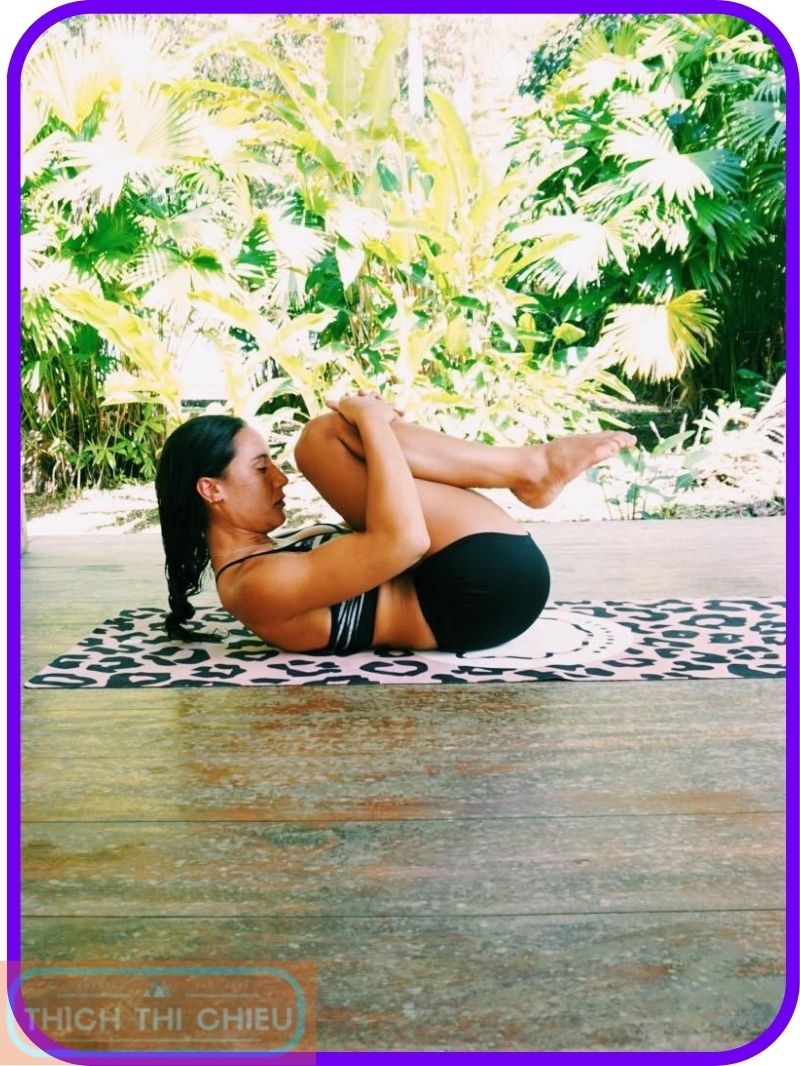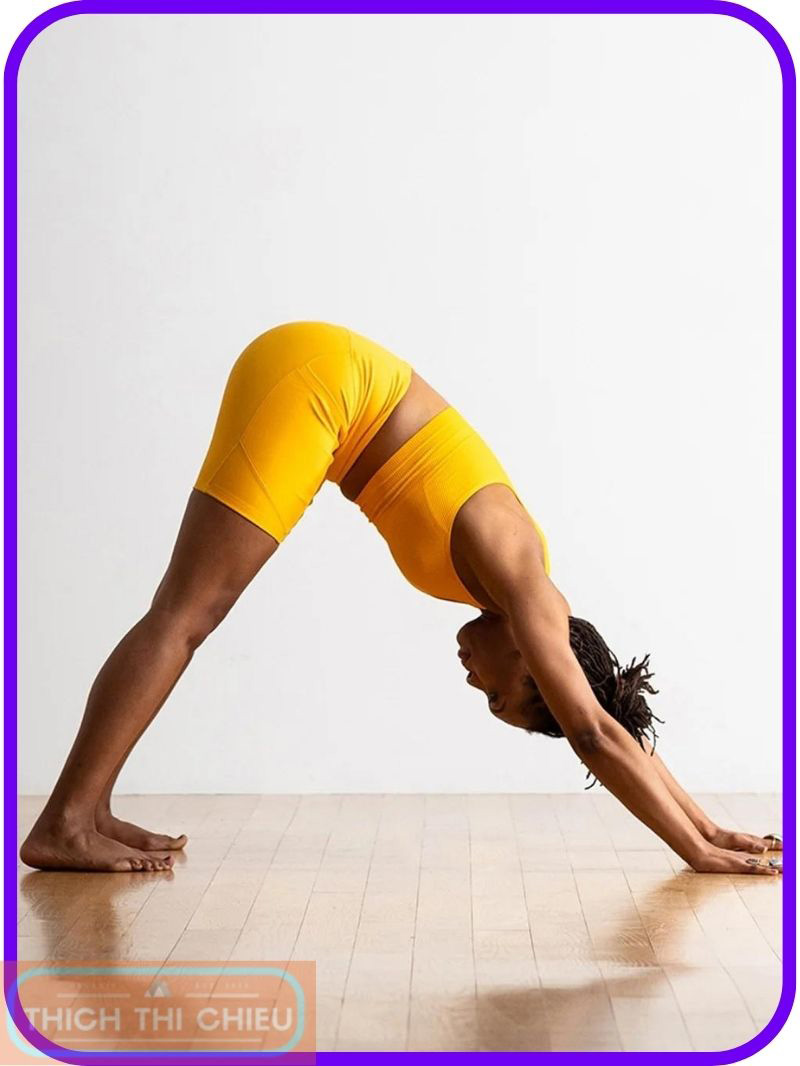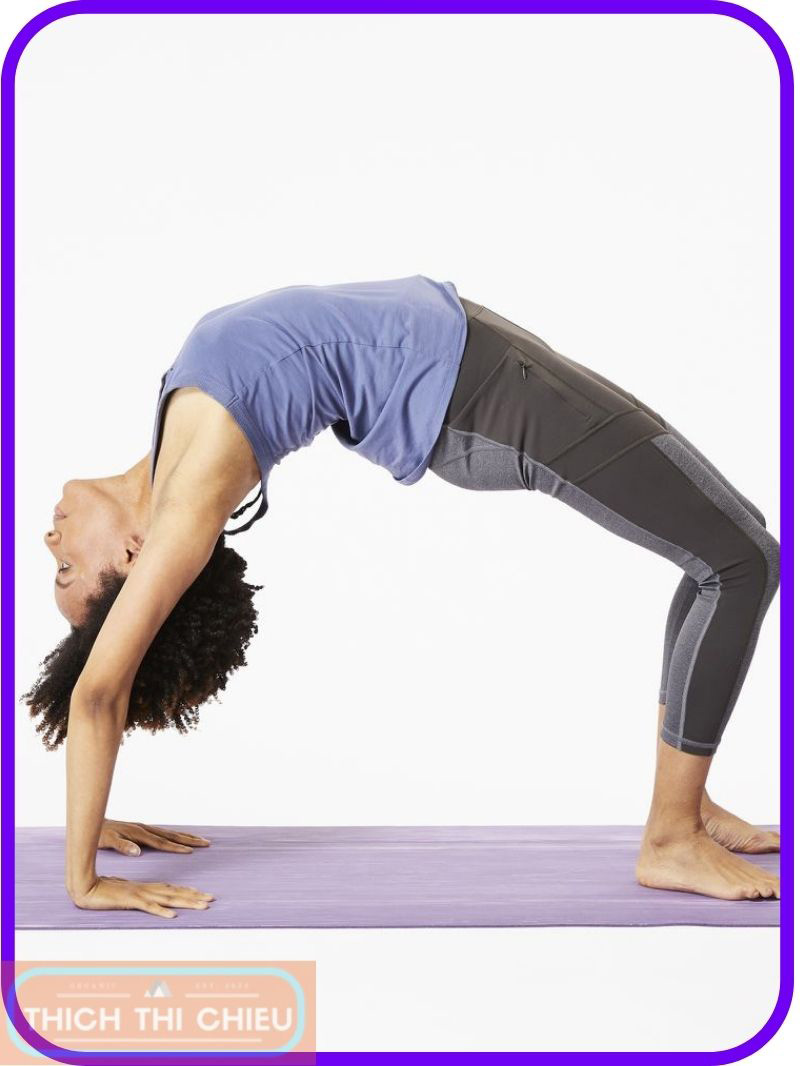If you’re experiencing sciatic pain, you’re not alone. Sciatica is a common condition that affects millions of people worldwide. The pain can be debilitating, making it difficult to walk, sit, or even stand for extended periods.
Fortunately, there are a number of things you can do to relieve sciatic pain, including yoga. Yoga is a gentle and effective way to stretch and strengthen the muscles that support the spine, which can help to reduce compression on the sciatic nerve.
In this article, we’ll explore some of the most effective yoga asanas for sciatica relief. We’ll also provide some additional tips for using yoga to manage sciatic pain.
So if you’re ready to find relief from sciatic pain, keep reading!
Yoga Asanas for Sciatica Relief
Here are 5 yoga asanas that can help to relieve sciatica pain:
Knees to Chest Pose (Pawanmuktasana)
This pose is a great way to release tension in the lower back and hips. It also helps to improve spinal flexibility.
Here’s how to do it:
- Lie on your back with your knees bent and your feet flat on the floor.
- Bring your knees to your chest and hug them with your arms.
- Rock gently from side to side.
- Hold for 30 seconds to 1 minute.
Reclining Pigeon Pose (Supta Kapotasana)
This pose stretches the deep hip muscles, including the piriformis muscle, which can often be involved in sciatica.
Here’s how to do it:
- Lie on your back with your legs extended straight up.
- Bend your right knee and bring it across your body, placing your right foot on the floor outside of your left hip.
- Gently fold your left leg over your right, allowing your left hip to sink towards the floor.
- Stay for 5 to 10 breaths, then repeat on the other side.
Downward-Facing Dog (Adho Mukha Svanasana)
This pose strengthens the core muscles and stretches the hamstrings, calves, and back muscles, improving overall spinal alignment.
Here’s how to do it:
- Start on your hands and knees, with your hands shoulder-width apart and knees hip-width apart.
- Lift your hips up and back, forming an inverted V-shape with your body.
- Keep your heels pressing towards the floor, but don’t force them down.
- Hold for 5 to 10 breaths.
Cobra Pose (Bhujangasana)
This pose strengthens the back extensor muscles, which help support the spine and alleviate sciatic pain.
Here’s how to do it:
- Lie on your belly with your forearms on the floor, elbows directly under your shoulders.
- Press your palms into the floor and gradually lift your chest off the mat.
- Keep your hips on the floor and your neck in line with your spine.
- Hold for 5 to 10 breaths.
Bridge Pose (Setu Bandha Sarvangasana)
This pose strengthens the hamstrings, glutes, and lower back muscles, improving spinal alignment and reducing sciatic pain.
Here’s how to do it:
- Lie on your back with your knees bent and feet flat on the floor.
- Place your arms alongside your body, palms facing down.
- Press your feet into the floor and lift your hips up, forming a bridge with your body.
- Keep your thighs parallel to the floor and your neck in line with your spine.
- Hold for 5 to 10 breaths.
These are just a few of the many yoga asanas that can help to relieve sciatica pain. Be sure to listen to your body and stop any pose if it causes pain. You may also want to use props, such as blocks or straps, to support your body in the poses.
Additional Tips for Yoga Practice with Sciatica
In addition to practicing the specific yoga asanas mentioned in the previous article, there are a number of other things you can do to make your yoga practice safe and effective for sciatica.
Warm up before each session
Warming up helps to prepare your muscles for movement and reduce the risk of injury. A simple warm-up could include 5-10 minutes of light cardio, such as walking or jogging in place, followed by some gentle stretches.
Use props
Props, such as blocks, straps, and bolsters, can help you to modify poses and support your body in a way that is comfortable and pain-free. For example, you can use a block under your hips in Downward-Facing Dog to reduce the strain on your lower back.
Avoid pain
If a pose causes pain, stop doing it and come out of the pose. There is no need to force yourself into a pose that is painful. Pain is a sign that your body is not ready for that pose.
Listen to your body
Everyone’s body is different, so it is important to listen to your body and pay attention to how you feel during each pose. If you feel any pain or discomfort, come out of the pose and rest.
Consult a healthcare professional
Before starting a yoga practice, it is important to consult with your doctor or a physiotherapist to make sure it is safe for you. They can also help you to identify any specific poses that may be helpful or harmful for your sciatica.
Additional Tips
- Be patient. It takes time to heal from sciatica, so be patient with yourself and your body. Don’t expect to see results overnight.
- Be consistent. Practice yoga regularly to see the most benefits. Aim to practice for 30-60 minutes at least 3 times per week.
- Combine yoga with other treatments. Yoga can be a great complement to other treatments for sciatica, such as physical therapy, massage, and acupuncture.
Yoga, when practiced correctly and consistently, can be a valuable tool in managing sciatica, reducing pain, and improving overall well-being. By combining yoga with other treatments and lifestyle modifications, individuals can effectively manage their sciatica and regain a better quality of life. Hopefully, the above article of TTC has provided you with useful information. If you have any questions or concerns, please leave a comment below.











Leave a Reply